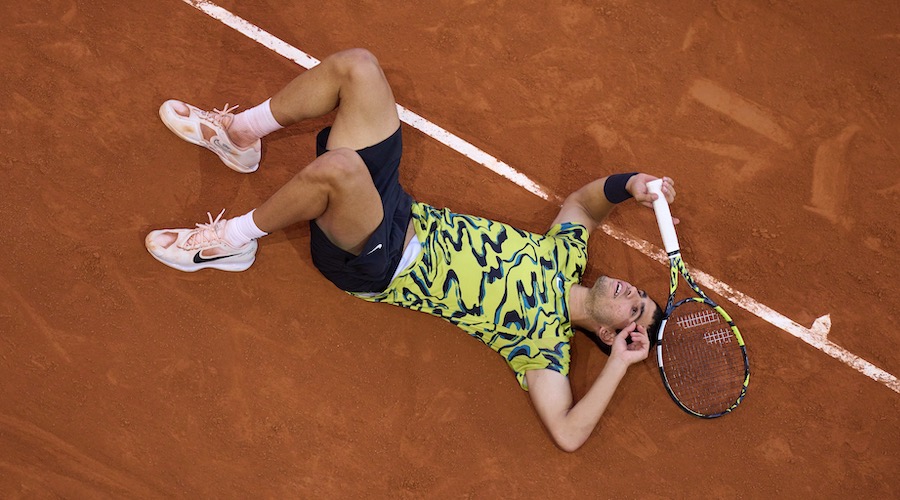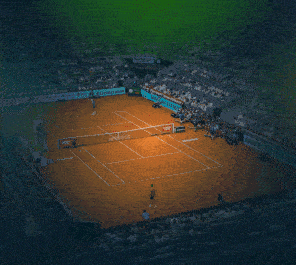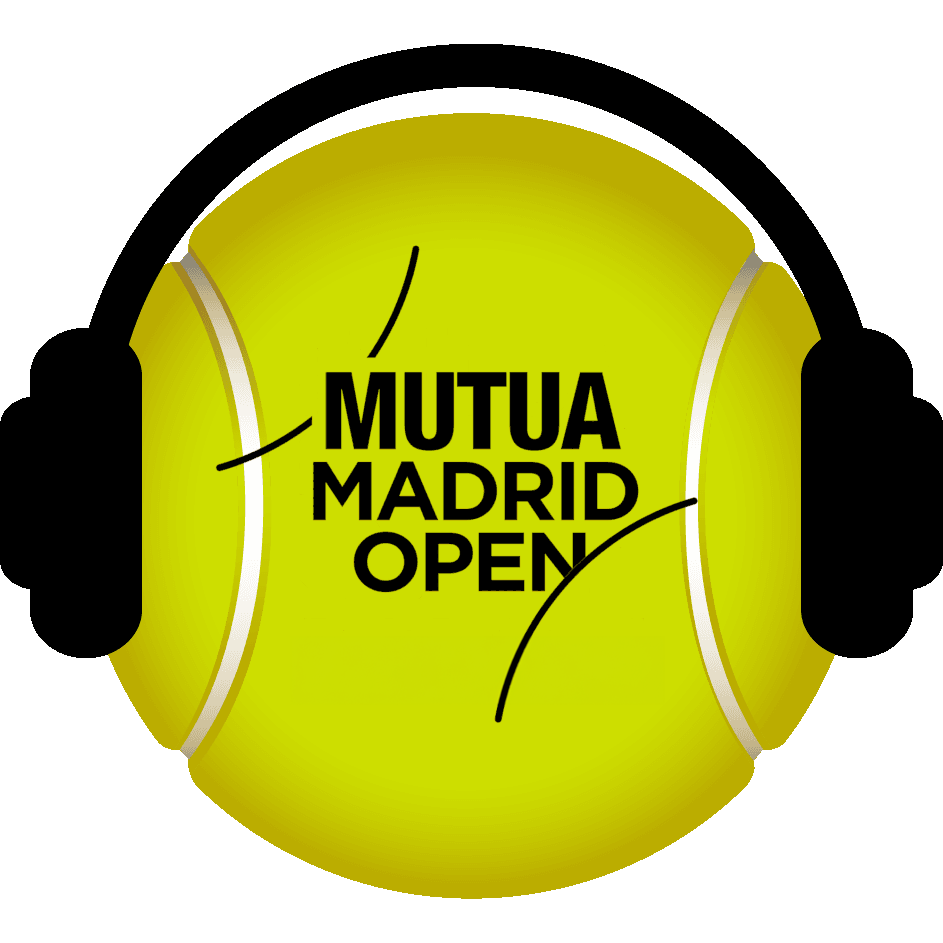A fortnight of fantastic tennis has come to a close at the Caja Magica, where champions stamped their authority, up-and-comers exploded onto the scene, and second chances were utilised to the fullest.
Here’s what we learned from the 2023 Mutua Madrid Open.
The Carlos Alcaraz train showing no signs of slowing down
He’s picked up his fourth title of the year – from six tournaments contested – and has become the youngest player to successfully defend a Masters 1000 crown since Rafael Nadal won Monte Carlo and Rome in 2005 and 2006; Madrid champion Carlos Alcaraz is shaping up to be the one to beat as eyes shift towards the clay season’s climax at Roland-Garros.
The 20-year-old Spaniard owns a 29-2 win-loss record in 2023 and is on an 11-match winning streak that includes title runs in Madrid and Barcelona.
Alcaraz has improved to 10-3 in career finals and is 4-0 in Masters 1000 championship matches.
The US Open champion is looking fit and will be raring to go in Paris later this month.
Sabalenka strengthens her RG contender credentials
While Iga Swiatek remains the top favourite for Roland-Garros this year, and looks primed for a third triumph on Paris’ sacred terre battue, Aryna Sabalenka has certainly stepped up to the plate and has shown she can challenge the world No.1 on clay.
With a runner-up finish on indoor clay in Stuttgart two weeks ago and a win over Swiatek in the Madrid final on Saturday, Sabalenka has firmly inserted herself into the French Open contenders conversation.
Sabalenka has never made it past the third round in any of her previous five Roland-Garros appearances, but with a tour-leading three titles and 29 match-wins this season, including a maiden Grand Slam trophy at the Australian Open, the world No.2 has every reason to feel confident about her chances in Paris.
Asked by WTA Insider if she thinks she’s one of the shortlist favourites for Roland-Garros, Sabalenka said: “It’s not like I feel that way, but I really want to be one of those players. I’ll keep working hard and keep trying to bring my best tennis in Rome and Roland Garros. We’ll see after the clay-court season how good I am on clay or if I was just lucky these few weeks.”
More and more depth in men’s tennis
There is fierce competition on the ATP tour across the board nowadays and the latter stages of the big tournaments are no longer exclusive to the highest-ranked players at each event.
These past couple of weeks in Madrid have seen not one, but two, lucky losers advance to the quarter-finals, in the form of Jan-Lennard Struff (who made the final) and Daniel Altmaier.
Three of the eight quarter-finalists were ranked outside the top-90 – Altmaier, Zhang Zhizhen and Aslan Karatsev – while Struff became the first lucky loser to reach a Masters 1000 final since the category was introduced in 1990.
World No.121 Karatsev beat No.2 seed Daniil Medvedev, No.99 Zhang pulled off the upset over No.8 seed Taylor Fritz, and No.65 Struff took out No.4 seed Stefanos Tsitsipas.
Dominance at the top is fun, but unexpected results and depth in field can be just as exciting.
Teen Andreeva makes a statement
She started the tournament as a 15-year-old defeating former US Open finalist Leylah Fernandez and No.13 seed Beatriz Haddad Maia, and ended it by turning 16 and knocking out No.17 seed Magda Linette before falling to Sabalenka in the fourth round.
Mirra Andreeva is the youngest player to reach the last-16 stage at a WTA 1000 event and her undefeated 16-0 pro record this season only came to an end at the hands of the eventual Madrid champion herself.
The Cannes-based teenager gained many fans these past two weeks and is definitely one to watch moving forward.
Two-week format given a thumbs up
With expanded 96-player draws and a longer two-week slot on the calendar, the new version of the Mutua Madrid Open this year gave more players a chance to compete in a 1000-level event, more fans the opportunity to attend, and some off days between matches for competitors to get some rest.
“I really like it,” said Sabalenka.
“It’s another preparation for the Grand Slams. You’re playing 1000 tournaments with the same conditions as a Grand Slam, so you can prepare yourself for a longer tournament and for an extra day off to manage your energy.”

























































